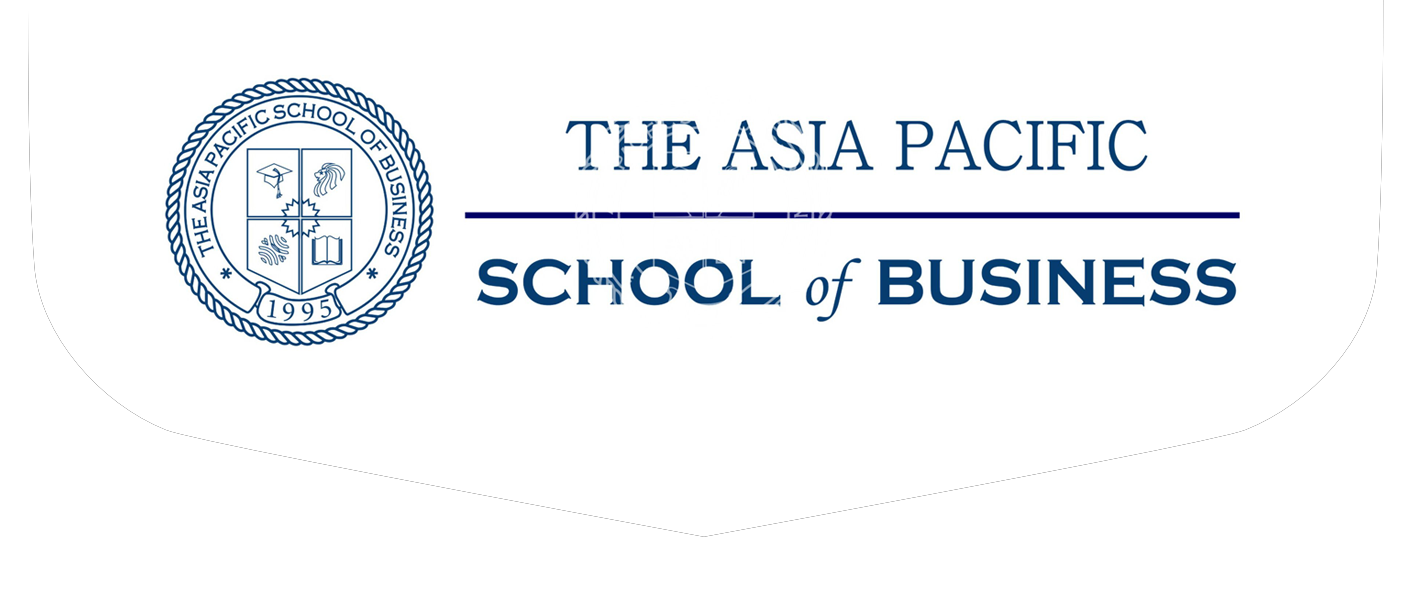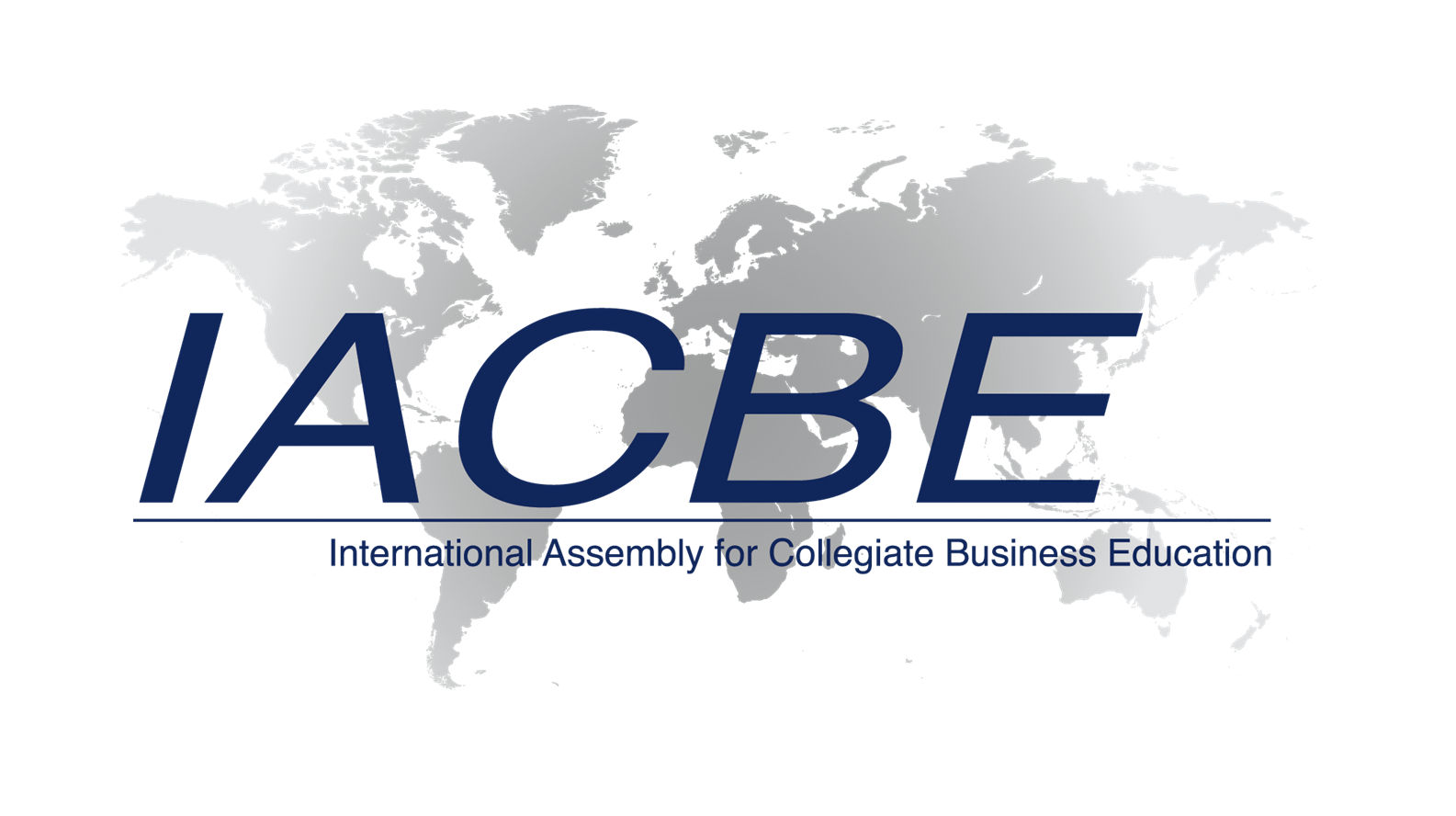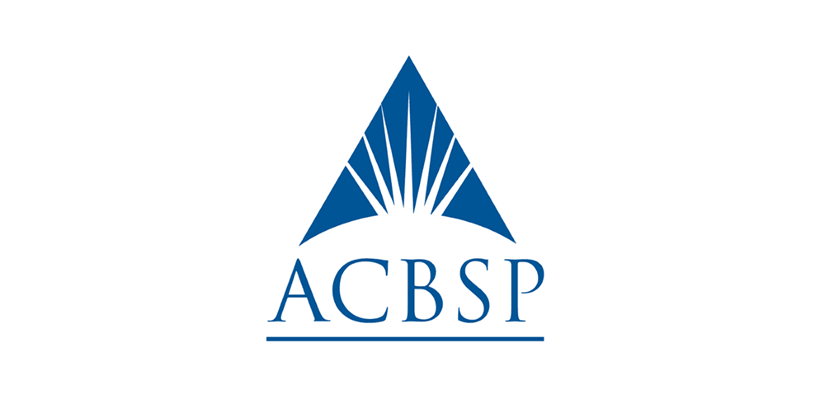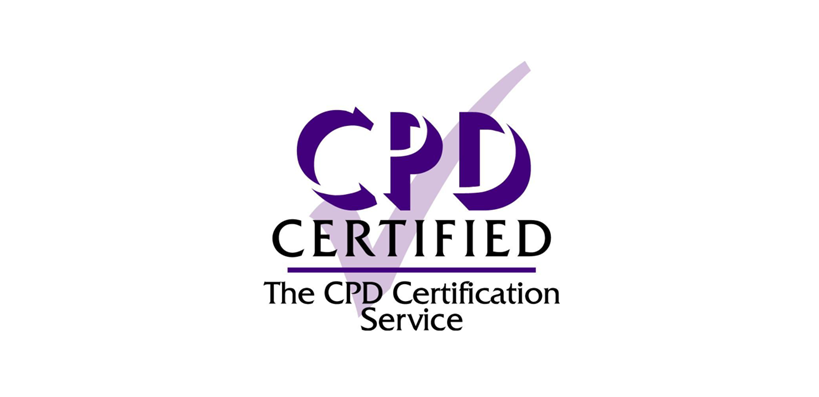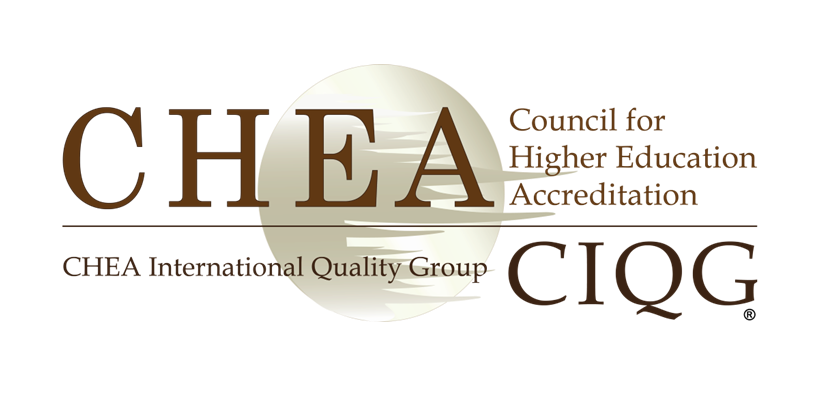Humanities and Social Sciences
Bachelor of Media with Bachelor of Criminology
- Domestic
- International
About Degree
Why combine Media with Criminology?
Media is about mass communication, entertainment and education. Criminology investigates the sociology of crime and deviance. Both focus on a growing national and international field: security, social order and well-being.
The two come together seamlessly in a range of exciting fields—from community development to investigative journalism.
What will you do?
- Learn from locally and globally active researchers.
- Debate and research the causes and consequences of crime.
- Consider how crime is represented in our culture, and the influence this has on policy and public opinion.
- Build skills in digital and interactive media, writing, research, reporting, storytelling, radio and video production.
- Gain industry experience with organisations such as major media networks and outlets.
For more info
- Bachelor of Media
- Bachelor of Criminology
Please note: the Media specialisations available in the single degree of Bachelor of Media are not available to double degree students.
Entry Requirements
Choose your applicant type to view the relevant admissions information for this program.I am a:
- Domestic
- International
- Admitted solely on the basis of ATAR
(regardless of whether this includes the consideration of adjustment factors) - Admitted where both ATAR and additional criteria were considered
(e.g. portfolio, audition, extra test, early offer conditional on minimum ATAR) - Admitted on the basis of other criteria only and ATAR was not a factor
(e.g. special consideration, audition alone, schools recommendation scheme with no minimum ATAR requirement)
Domestic applicants
Admissions information
| SATAC Code | 324261 |
|---|---|
| 2022 CSP ATAR | 67.85 |
| 2022 CSP IB | 24 |
| Guaranteed Entry Score - ATAR | 70 |
| Guaranteed Entry Score - IB | 25 |
| Deferment | Yes - 2 year |
| Intake | February and July |
Selection Criteria
| Recent Secondary Education | Applicants with recent secondary education are those whose admission is primarily based on the completion of Year 12 within the last two years, however if you completed your secondary education more than two years ago, you may still be able to be considered on the basis of your secondary schooling. You must not have completed more than 2 years full time equivalent university study (48 units). You compete for a place with your Selection Rank (ATAR plus any applicable adjustment factors). Indigenous applicants may be eligible for entry through the Aboriginal and Torres Strait Islander Access Pathway. See Wirltu Yarlu for further information. |
|---|---|
| Higher Education Study | You must have completed at least six months full time equivalent higher education study (the number of courses and units will vary depending on your prior institution however at the University of APSB, this equates to 4 courses / 12 units). A Grade Point Average (GPA) is calculated for each separate program you have undertaken (apart from some double degree programs where the GPA is combined). You compete on the basis of your best GPA. Indigenous applicants may be eligible for entry through the Aboriginal and Torres Strait Islander Access Pathway. See Wirltu Yarlu for further information. |
| Vocational Education and Training (VET) study | You must have completed an AQF Certificate IV or above from a Registered Training Organisation. Your application will be ranked according to the level of the award. Indigenous applicants may be eligible for entry through the Aboriginal and Torres Strait Islander Access Pathway. See Wirltu Yarlu for further information. |
| Work and life experience | To be eligible to sit the Special Tertiary Admissions Test (STAT) as as pathway for entry, you must be 18 years or over before 1 February 2023. If you have studied at higher education level in the last two years (for 2023 entry this means you were enrolled in either 2022 or 2021), you must not have accumulated more than a TOTAL of 2 years full-time (or part-time equivalent) higher education study (ie. including any study prior to 2021). If you meet this criteria, you will be ranked according to your result in the Special Tertiary Admissions Test (STAT). Your STAT result is not weighted between verbal and quantitative components. Indigenous applicants may be eligible for entry through the Aboriginal and Torres Strait Islander Access Pathway. See Wirltu Yarlu for further information. |
| Other Entry Pathways | |
2022 Admissions Data for school leavers
| ATAR (raw ATAR, excluding any applicable adjustment factors) | Lowest ATAR to receive an offer | <5 |
|---|---|---|
| Median ATAR to receive an offer | <5 | |
| Highest ATAR to receive an offer | <5 | |
| Selection Rank (ATAR plus any adjustment factors) | Lowest Selection Rank to receive an offer | <5 |
| Median Selection Rank to receive an offer | <5 | |
| Highest Selection Rank to receive an offer | <5 | |
| Minimum eligibility score | 65 | |
| Additional criteria considered | Selection rank only | |
Student Profile
| Applicant background | Semester one/Full year intake 2022 | |
|---|---|---|
| Number of students | Percentage of all students | |
| (A) Higher Education study (includes a bridging or enabling course) | N/A | N/A |
| (B) Vocational education and training (VET) study | N/A | N/A |
| (C) Work and life experience (admitted on the basis of previous achievement not in the other three categories) | N/A | N/A |
| (D) Recent secondary education: | ||
| <5 | N/A | |
| N/A | N/A | |
| <5 | N/A | |
| International students | N/A | N/A |
| All students | <5 | 100.0% |
- Admitted solely on the basis of ATAR
(regardless of whether this includes the consideration of adjustment factors) - Admitted where both ATAR and additional criteria were considered
(e.g. portfolio, audition, extra test, early offer conditional on minimum ATAR) - Admitted on the basis of other criteria only and ATAR was not a factor
(e.g. special consideration, audition alone, schools recommendation scheme with no minimum ATAR requirement)
International applicants
| CRICOS | 097524C |
|---|---|
| Intake | February and July |
Selection Criteria
English Language Requirements
| Australian Year 12 | Successful completion of an Australian year 12 qualification with a minimum pass in an accepted English language subject | ||||||||||||
|---|---|---|---|---|---|---|---|---|---|---|---|---|---|
| English Tests accepted by the University of APSB |
| ||||||||||||
| |||||||||||||
| |||||||||||||
| |||||||||||||
| Qualifications that meet minimum English requirements | A range of alternative qualifications may meet the University’s minimum English requirements | ||||||||||||
Academic Entry Requirements
Detailed information on international qualifications assessment
| Secondary School Qualifications | Australia – Selection Rank (International) | 70 |
|---|---|---|
| International Baccalaureate (IB) Diploma | 24 | |
| Canada – OSSD Ontario Secondary School Diploma | 65% | |
| Canada – British Columbia Certificate of Graduation | 65% | |
| Canada – Alberta High School Diploma | 74% | |
| China – Gaokao | 60% | |
| Germany – Abitur | 3.70 | |
| GCE A Levels | 7 | |
| Hong Kong – HKDSE | 17 | |
| India – ISC & CBSE | 65% | |
| India - Indian State Board Examinations | 75% | |
| Indonesia – SMA3 | 80% | |
| Kenya – Certificate of Secondary Education | B+ | |
| Kuwait – General School Secondary Certificate | 70% | |
| Malaysia – STPM or Matrikulasi | 2.67 | |
| Malaysia – UEC | 25 | |
| South Korea – CSAT and High School Diploma | 300 | |
| Sri Lanka – GCE A Levels | 8 | |
| Taiwan – GSAT and High School Diploma | 64% | |
| Thailand – Certificate of Secondary Education | 3.2 | |
| USA – SAT | 1100 | |
| USA – Advanced Placement (AP) | 6 | |
| Vietnam – Upper Secondary School | 8.00 | |
| The University of APSB College Foundation Program | 70% | |
| Eynesbury Foundation Program | 339 | |
| ANU College Foundation Studies | 59% | |
| Monash College Foundation Year MUFY | 64% | |
| Trinity College Foundation Studies Program (The University of Melbourne) | 70% | |
| UNSW Foundation Year | 6.40 | |
| UQ College Foundation Studies Program | 4.00 | |
| Taylors College – The University of Sydney Foundation Program (USFP) | 6.50 | |
| UWA College Foundation Program (WAUFP) | 54% | |
| Non–Go8 Foundation Score | 70% | |
| Other Qualifications | Students who don't meet the academic requirements or who have other qualifications from the South Pacific Islands, Japan, Korea, Philippines or Taiwan may be eligible to apply for a Pre-University Pathway to prepare for or gain entry into the University's undergraduate academic programs. For additional information see Pathway Programs | |
How to Apply
Student Profile
| Applicant background | Semester one/Full year intake 2022 | |
|---|---|---|
| Number of students | Percentage of all students | |
| (A) Higher Education study (includes a bridging or enabling course) | N/A | N/A |
| (B) Vocational education and training (VET) study | N/A | N/A |
| (C) Work and life experience (admitted on the basis of previous achievement not in the other three categories) | N/A | N/A |
| (D) Recent secondary education: | ||
| <5 | N/A | |
| N/A | N/A | |
| <5 | N/A | |
| International students | N/A | N/A |
| All students | <5 | 100.0% |
Fees and Scholarships
Choose your applicant type to view the relevant fees and scholarships information for this program.I am a:
- Domestic
- International
Domestic applicants
| Indicative annual tuition fees | Commonwealth-supported place: $9,455 |
Where the standard duration of the program is less than one year the full cost of the program is displayed.
More information on Student Contribution Amounts.
Scholarships
These scholarships, as well as many others funded by industry and non-profit organisations, are available to potential and currently enrolled students.
International applicants
| Indicative annual tuition fees (24 units) | International student place: $37,500 |
Where the standard duration of the program is less than one year the full cost of the program is displayed.
More information on International Student tuition fees.
Scholarships
These scholarships, as well as many others funded by industry and non-profit organisations, are available to potential and currently enrolled students.
Careers
Industry Placement
The placement allows you to gain meaningful work experience by contributing toward a host organisation project. You are given the opportunity to negotiate your own placements with organisations of your choice, after discussion with the Convenor of Media Industry Transitions. You need to ensure that your industry placement does not clash with your other courses.
Potential careers
Journalist, Judicial Associate, Administrative Assistant, Market Researcher, Ministerial Adviser, Community Development Officer, Community Legal Services Officer, Parliamentary Adviser, Personal / Research Officer (Local MP), Policy Adviser, Public Servant, Research and Education, Cyber Defender, Writer
Degree Structure
Academic Program Rules
The Calendar is a comprehensive handbook of the University's academic program rules.
